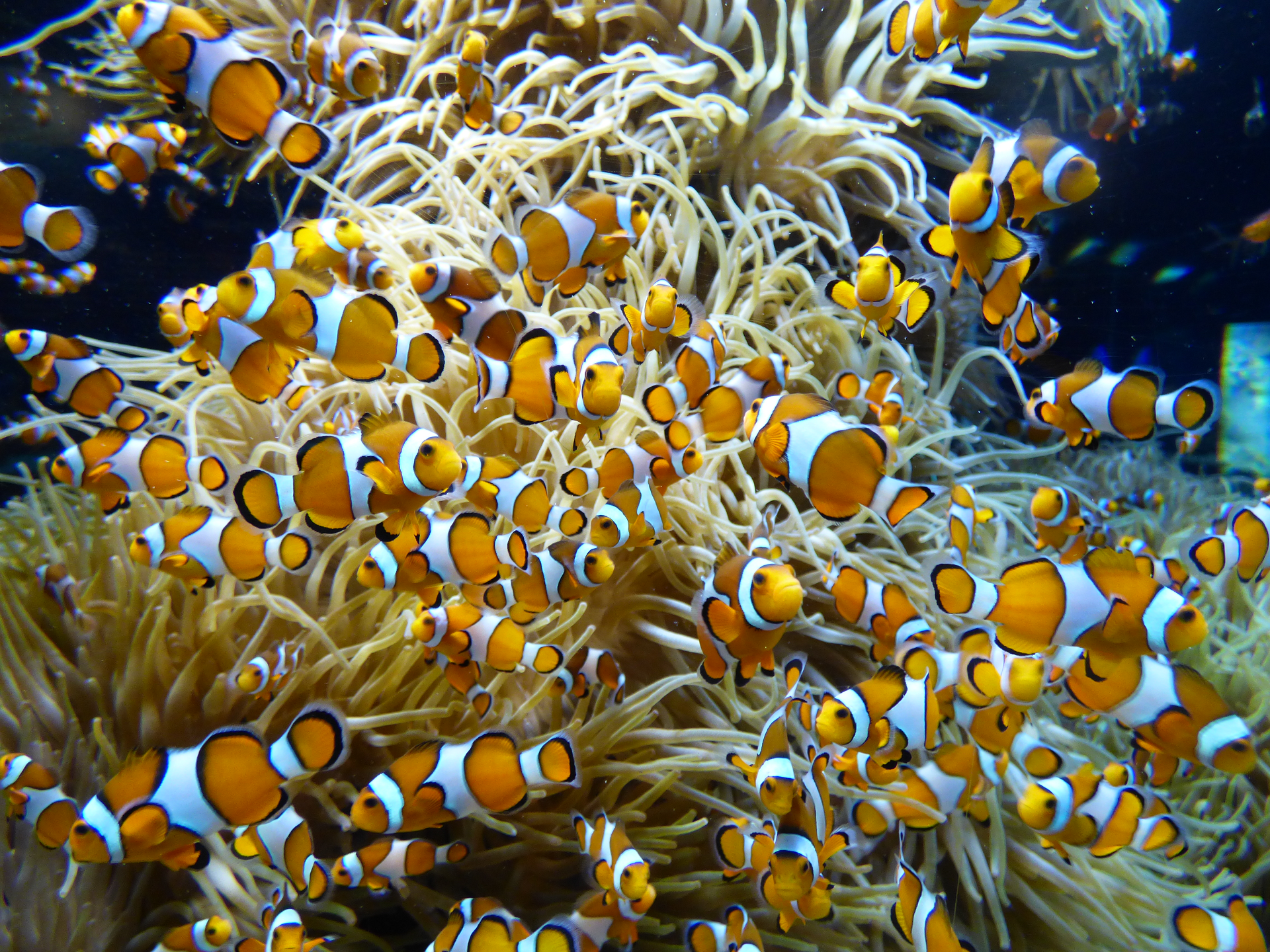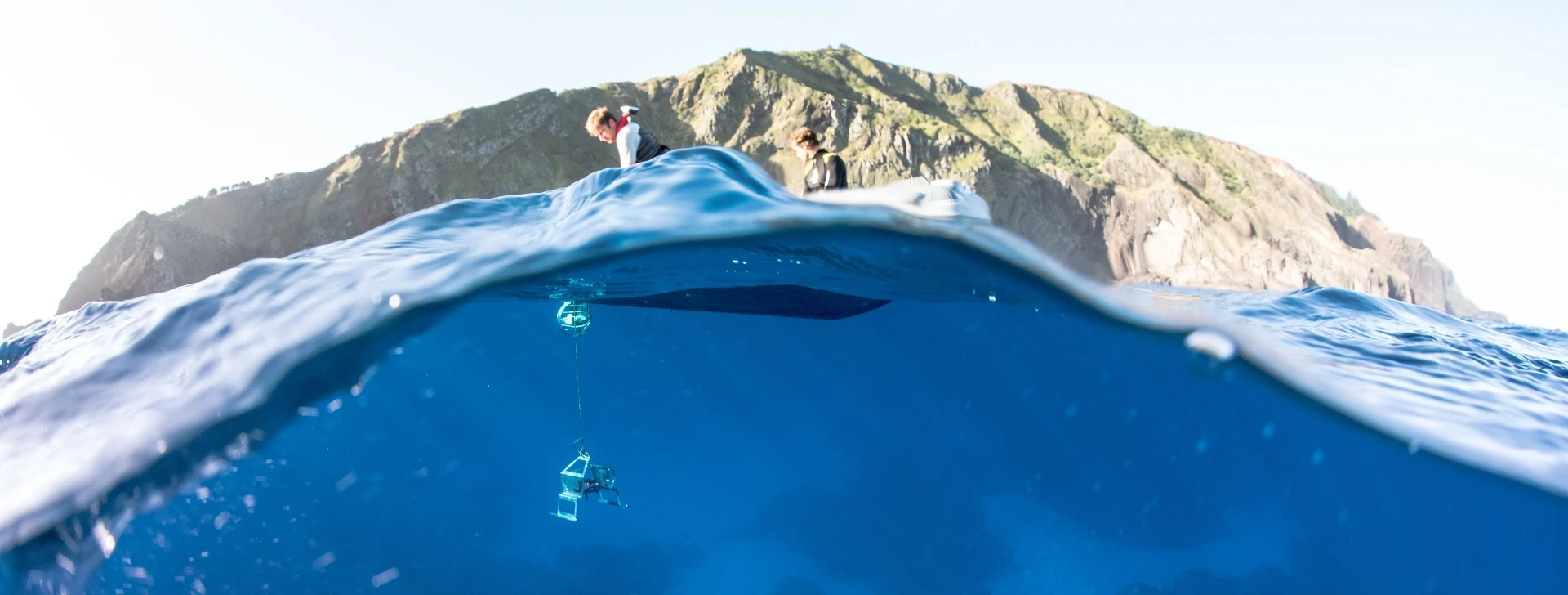Publication Abstract
- Title
-
Weak effects of local prey density and spatial overlap on predation intensity in a temperate marine ecosystem
- Publication Abstract
-
Quantifying the impact of lower trophic level species abundance on higher trophic level predators (and vice versa) is critical for understanding marine ecosystem dynamics and thus for implementing ecosystem based management. Ecological theory and trophic ecosystem models generally predict a tight coupling between prey and fish predators, such that higher abundance of lower trophic species results in abundance of higher trophic level predators. This assumes that predator feeding rates to some degree are limited by prey availability. Despite being a key component of predator-prey interactions and multi-species fisheries management, relatively few studies have assessed the impacts of prey availability on feeding and predation patterns of mobile, generalist marine fish predators in natural systems using spatiotemporal models and local-scale stomach content, predator, and prey data. In this study, we explore the association between local density of key prey and predator stomach contents, and predator-prey spatiotemporal overlap and predation indices. We use three decades of spatially resolved biomass and stomach content data on Atlantic cod (Gadus morhua) from the Baltic Sea, and biomass data on three of its key prey: herring (Clupea harengus), the isopod Saduria entomon, and sprat (Sprattus sprattus). With geostatistical GLMMs (Generalized Linear Mixed Effects Models) fitted to relative biomass density and prey-mass-per predator-mass, we estimate spatiotemporal trends and annual indices of biomass weighted and area-expanded per-capita and population-level predation, predator-prey overlap, and the correlation between these indices. For Saduria, we find an association between availability and stomach contents, but not for herring or sprat. Similarly, only in Saduria do we find a positive correlation between population-level predation indices and the spatiotemporal overlap. This weak connection between availability of pelagic prey and predator stomach contents implies that the impacts of lower trophic levels are smaller than previously thought, which has implications for multi-species ecosystem-based fisheries management.
- Publication Authors
-
Max Lindmark,, Christopher A. Griffiths, Valerio Bartolino, Viktor Thunell, Federico Maioli, Sean C. Anderson, Andrea Belgrano, Michele Casini1, Katarzyna Nadolna-Ałtyn, Joanna Pawlak, Marzenna Pachur, Marcin Rakowski, Karolina Wikström, Murray S. A. Thompson*, Mayya Gogina, Didzis Ustups, and Nis S. Jacobsen
- Publication Reference
-
ICES Journal of Marine Science
- Publication Internet Address of the Data
- Publication Date
- Publication DOI: https://doi.org/
- Publication Citation


